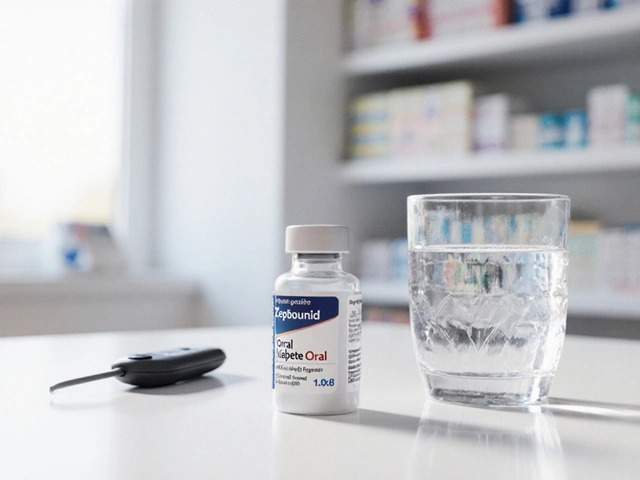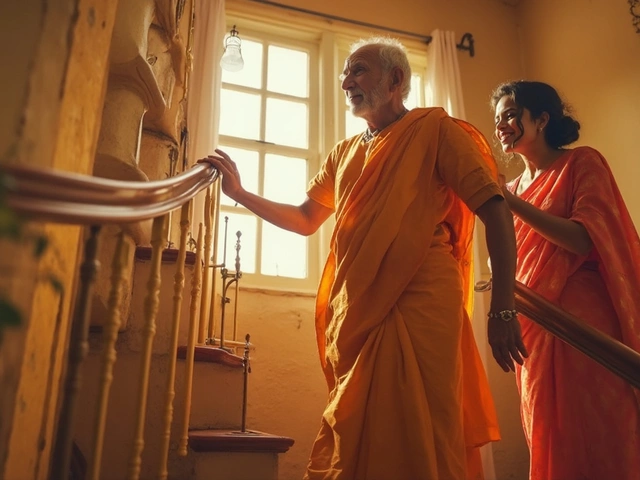Ever wondered if you could feel relaxed and inspired during a hospital stay? Some U.S. hospitals don’t just heal bodies; they wow visitors with their looks. This article looks at the most beautiful hospital in the States, how its design makes a real difference, and why medical tourists flock there. Find honest tips if you’re thinking about getting treatment in a place that feels more like a resort than a clinic. If you want comfort, Instagrammable views, and top-notch healthcare rolled into one, you’re in the right spot.
Read MoreHealthcare Travel: Your Practical Guide to Safe Medical Trips
Thinking about getting treatment abroad? You’re not alone. More people are combining a doctor’s visit with a change of scenery. If you’re eyeing India for its advanced care and lower costs, you need a clear plan. This guide walks you through the basics – picking a hospital, packing right, and handling recovery once you’re back home.
Planning Your Medical Journey
First thing: research the hospital and the doctor. Look for accreditations like NABH or JCI, read patient reviews, and check the specialist’s experience with your condition. Sites that list real‑world outcomes can help you decide if a surgeon who handles bone surgery or heart procedures is the right fit.
Next, think about travel logistics. Book flights that allow enough time before and after the procedure – you’ll want at least a day of rest before any major surgery. Arrange airport transfers that can accommodate a wheelchair or a stretcher if you need it.
Insurance is a must. Look for a policy that covers medical tourism, including post‑operative complications. Some Indian insurers partner with international companies, making claims smoother.
Don’t forget the paperwork. You’ll need your medical records, recent test results, and a clear list of medications. If you’re on a drug like Metformin or planning a weight‑loss pill, write down dosages and any allergies. Having this info handy speeds up the doctor’s assessment.
Pack smart. Bring comfortable clothing, any prescribed supplements, and basic over‑the‑counter pain relief you trust. A small travel pillow, a water bottle, and a phone charger are lifesavers during recovery.
After‑Care & Recovery
Recovery is where many travelers slip up. Follow the surgeon’s pain‑management plan – whether it’s a month of controlled medication after a knee replacement or a specific diet after heart surgery. Articles like “Is Bone Surgery Painful?” or “Life After Heart Surgery” give real‑world timelines you can expect.
Stay hydrated and eat light, easily digestible foods. Indian cuisine offers many options – think plain rice, boiled veggies, and dal. Avoid heavy, fried meals that can increase inflammation. If you’re traveling back home, arrange a follow‑up tele‑medicine call. Many Indian doctors now offer video consultations, so you can address concerns without another trip.
Finally, give your body time to adjust. Walking short distances each day helps circulation, but don’t push yourself into a marathon. Listen to your body and keep an eye on signs like swelling or fever. If anything feels off, contact your doctor immediately.
Healthcare travel can be smooth and affordable when you plan ahead, choose the right provider, and follow a solid recovery routine. Use the tips above, read the detailed guides on specific surgeries, and enjoy a healthier you without the usual hassle.





